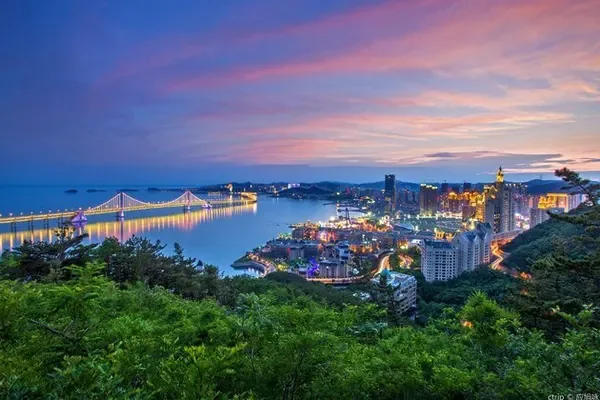The mystery and vicissitudes of Loulan have always been a place that explorers at home and abroad yearn for. Whether it is treasure hunting or decryption, this ancient city buried under the Kumtag Desert is full of many mysteries and rumors. But precisely because of Loulan, all tourism elements in Shanshan County, Xinjiang cannot be separated from this ancient civilization.
The pristine Puchang Village takes this as its unique style, integrating the thick and mellow cultural landscape into the old street, and combining the Eastern and Western civilizations on the "Silk Road".
Puchang Village is a strange place to most people, even in "Shanshan" county, few people know about it, but when it comes to the ancient city of "Loulan", an important station on the "Silk Road", few people have not. I've heard of it. During World War I and World War II, the veil of the ancient city of Loulan was unveiled by the Germans and the British, and it has almost become a holy place in the hearts of every traveler.
"Loulan" is an ancient small country in the west of my country. The culture of "Loulan" can be regarded as the most cultural landscape in the world, and it is called "Desert Pompeii". But more than 2,000 years ago, the "Loulan" country was destroyed in the war, and some Loulan people migrated to today's Shanshan area. The ancient kingdom gradually became an empty city, and the wind and sand suddenly disappeared. Therefore, today's old people in Shanshan County always say that the ancient kingdom of Loulan was buried in the vast desert of Kumtag.
It is one of the most mysterious sites on the Silk Road, but at the same time, Puchang Village was not only the gateway from the Central Plains to the Western Regions in ancient times, but also an important transportation hub on the ancient Silk Road. Therefore, the cultural relics left by this ancient village are like a treasure house, and the Loulan civilization of that year can even be excavated.
Today's Puchang Village is a very quiet village. Walking in here, you can see gray brick pavement and raw earth buildings, which have strong traditional Uyghur architectural features, which is amazing at first glance.
The bright sunshine makes the splendid river of civilization shine here too. The most amazing thing is the colorful door culture among the simple earthen buildings. This is the most unique and unique art of the Uyghurs. I have seen it in Tuyugou Village, but I didn’t expect it to be more colorful in Puchang Village. The obvious late color door culture incorporates lively elements.
On the basis of flowers, birds and plants, the performance of characters is also added. The most humorous thing is the portrayal of characters on one of the doors, which reminded me of some very popular pictures on the Internet in the past two years: Mom hit me again.
Under the sky of history, in this ancient land adjacent to the Kumtag Desert, every house is so attractive, whether it is Uyghur colorful doors or adobe buildings, they all deeply reflect the art of Puchang Village charm. There are also some sculpture-like decorations under the walls of some houses, which shows the uniqueness of the Western Region culture.
In such a long civilization era, Puchang Village has not faded because of the passage of time. Walking in here, you will find that you have arrived in a remote small town in the Western Regions. People here are living leisurely and peacefully in their own way. You can appreciate all this as a bystander, or you can push open a wooden door and walk. Enter the Uyghur folk houses and feel the modern folk culture.
If you’re lucky, you’ll meet Gulandam’s house, which is an old house that was selected for the scene of “The Visitors from the Tianshan Mountains”. Excited to invite you into the house, they will serve fresh grapes and Xinjiang big naan, and then drink hot tea with you.

